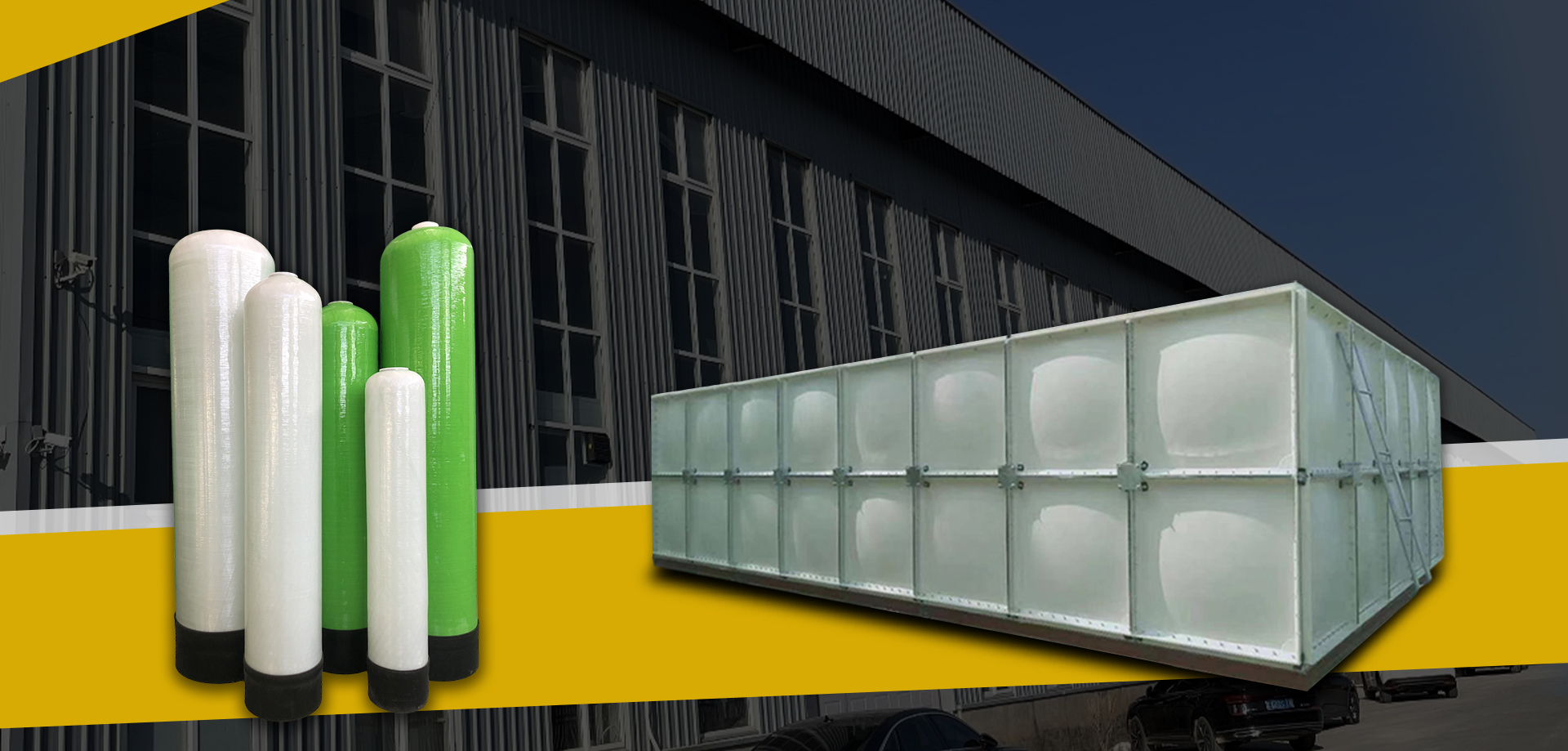loading...
- No. 9, Xingyuan South Street, Dongwaihuan Road, Zaoqiang County, Hengshui, Hebei, China
- admin@zjcomposites.com
- +86 15097380338
- Welcome to visit our website!
Durable Fiberglass Grating Solutions for Walkways and Industrial Applications
The Benefits of Walkway Fiberglass Grating
In today's world, the demand for safe, durable, and environmentally friendly materials is ever-growing. One such material that has gained popularity in various industries is fiberglass grating. Among its many applications, walkway fiberglass grating stands out for its numerous advantages, particularly in environments where safety, maintenance, and durability are paramount.
What is Walkway Fiberglass Grating?
Fiberglass grating is a composite material made from a combination of glass fibers and resin. This unique construction results in a product that is lightweight yet incredibly strong. Walkway fiberglass grating is specifically designed for pedestrian traffic and is commonly used in commercial and industrial settings, such as manufacturing plants, chemical facilities, and recreational areas.
Key Benefits
1. Safety First One of the most significant advantages of using fiberglass grating for walkways is safety. The grating’s surface is often engineered to be slip-resistant, reducing the risk of accidents in wet or oily conditions. This feature is especially crucial in environments where spills are common, ensuring that workers and visitors can navigate safely.
2. Durability Fiberglass grating is resistant to corrosion, making it an ideal choice for settings exposed to harsh chemicals and environmental factors. Unlike traditional materials such as wood or steel, fiberglass doesn’t rot, rust, or degrade over time, leading to lower maintenance costs and a longer lifespan.
walkway fiberglass grating

3. Lightweight but Strong Despite its lightweight nature, fiberglass grating can support heavy loads, making it suitable for various applications. It’s easier to handle and install compared to heavier materials, leading to reduced labor costs during installation.
4. Versatility Walkway fiberglass grating comes in various sizes and configurations, allowing for customization based on specific project requirements. It can be molded into different shapes and installed in various environments, from industrial sites to recreational pathways, enhancing its adaptability.
5. Environmental Benefits With a growing focus on sustainability, fiberglass grating is an excellent environmentally friendly option. It is often made from recycled materials and can itself be recycled at the end of its lifecycle. Furthermore, its longevity means that it does not need to be replaced frequently, reducing waste and resource consumption over time.
6. Easy Maintenance Maintenance is a crucial factor in any walkway material. Fiberglass grating is easy to clean and requires minimal upkeep. A simple wash with soap and water is often sufficient to keep it looking new, and it does not require painting or sealing like wood.
7. Aesthetic Appeal Recent advancements in fiberglass technology have also improved the aesthetic quality of grating. It comes in various colors and finishes, allowing designers to incorporate it seamlessly into their projects without compromising safety or functionality.
Conclusion
As industries continue to search for materials that combine safety, durability, and environmental responsibility, walkway fiberglass grating presents a compelling solution. Its unique properties and advantages make it an ideal choice for a variety of applications, particularly in environments where safety can't be compromised. The lightweight nature, along with its resistance to the elements and ease of maintenance, positions fiberglass grating as a superior alternative to traditional walkway materials. As we move forward, the integration of such innovative materials will play a critical role in enhancing safety standards while addressing the growing concerns about environmental impact. Whether for commercial, industrial, or recreational use, walkway fiberglass grating is indeed paving the way for a safer and more sustainable future.
-
Transform Your Spaces with FRP Grating SolutionsNewsNov.04,2024
-
The Versatility and Strength of FRP RodsNewsNov.04,2024
-
The Excellence of Fiberglass Water TanksNewsNov.04,2024
-
The Benefits of FRP Grating for Your ProjectsNewsNov.04,2024
-
Elevate Your Efficiency with FRP Pressure VesselsNewsNov.04,2024
-
Welcome to the World of FRP Pressure VesselsNewsOct.12,2024
-
Unveiling the Future of Filtration: Why FRP Filter Vessels are a Game ChangerNewsOct.12,2024
